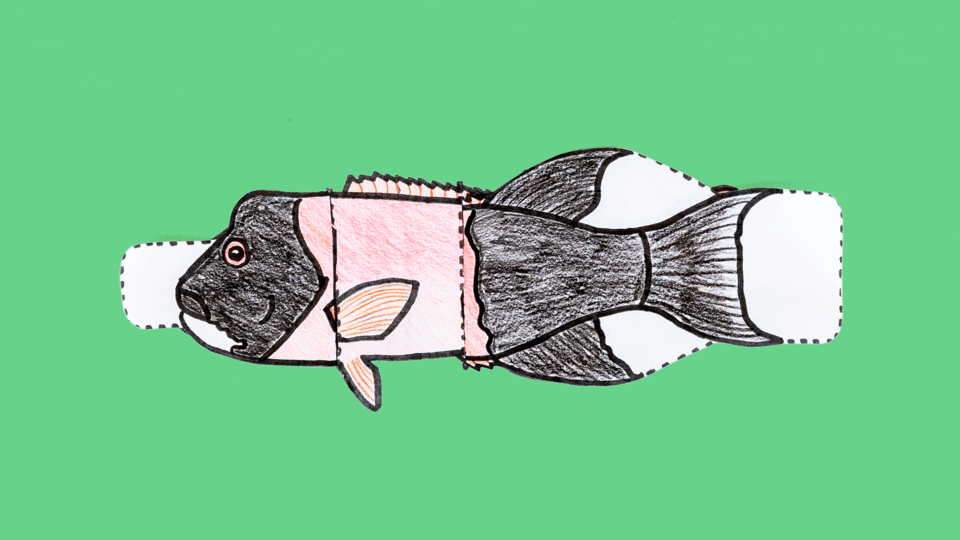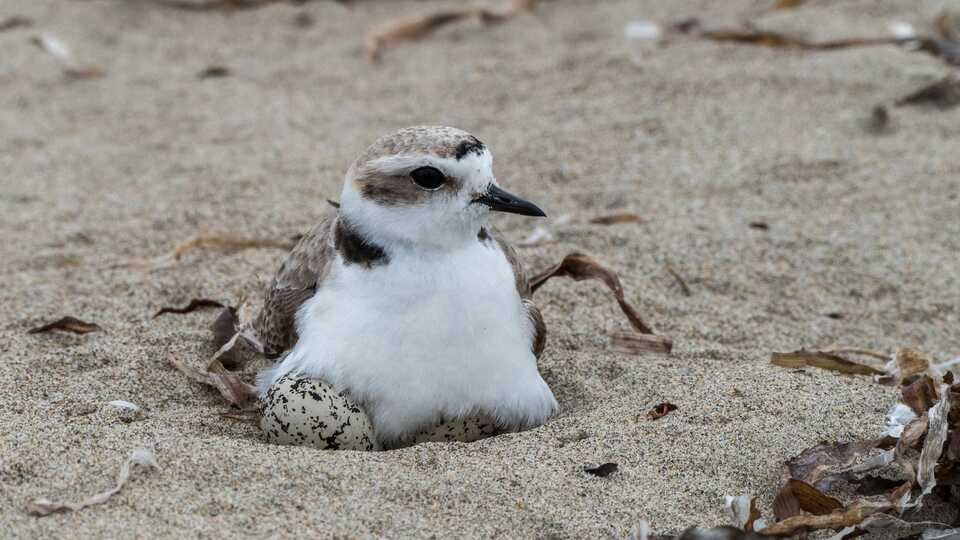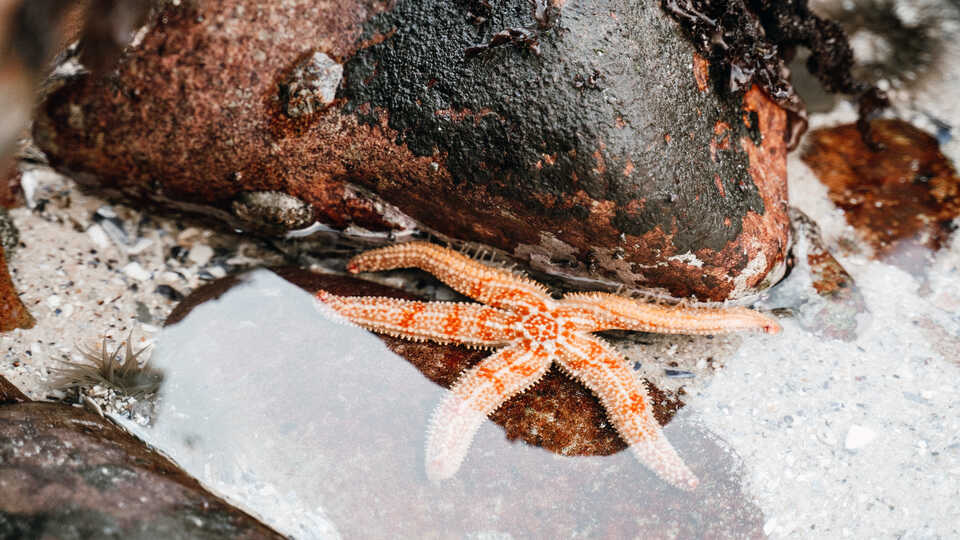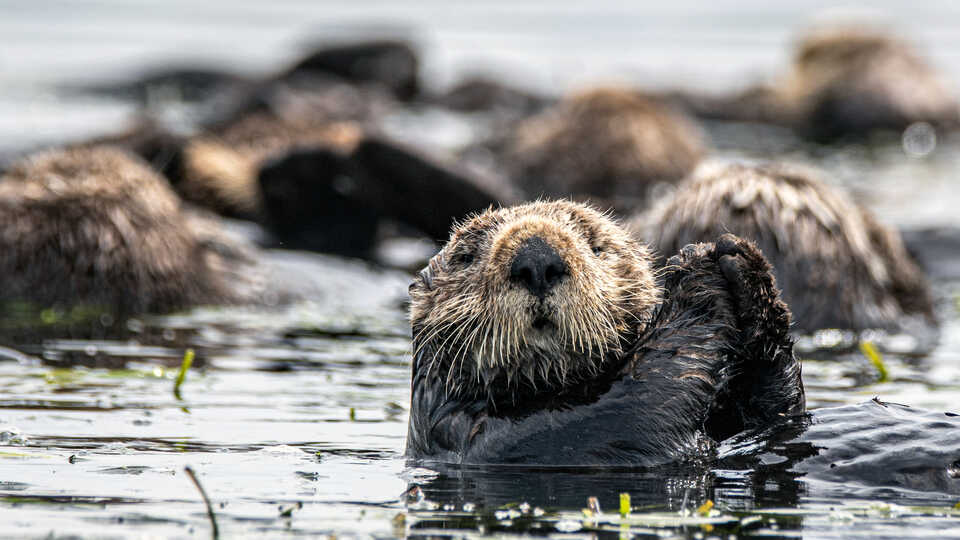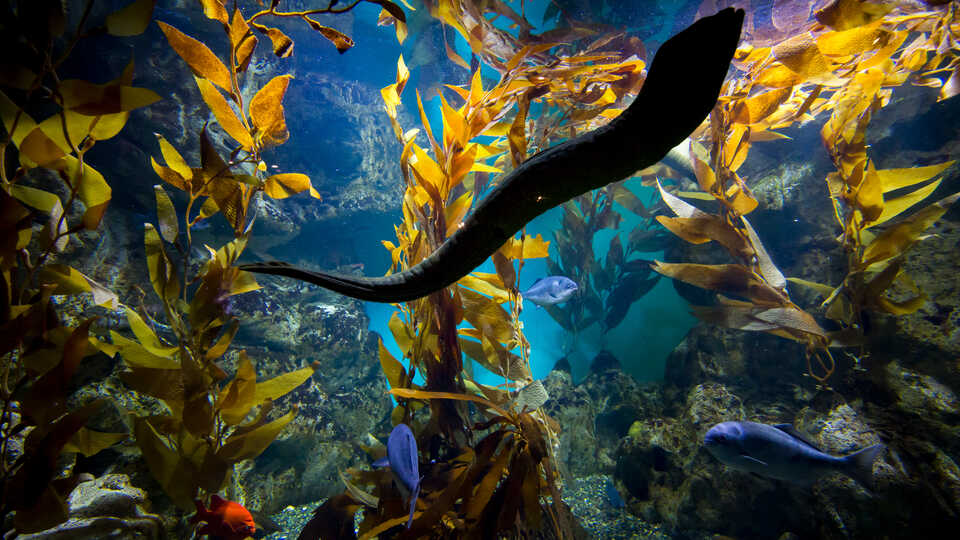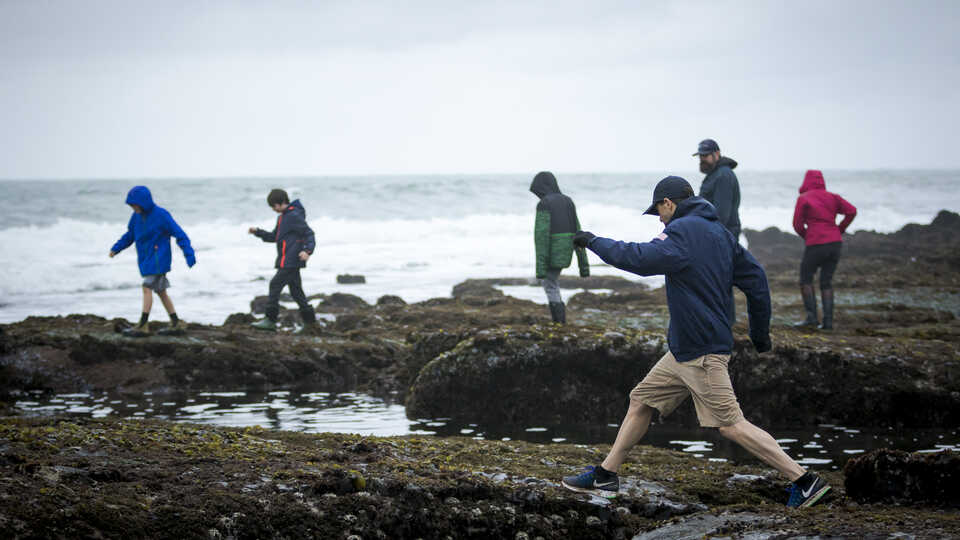The California coast is a biodiversity hotspot, home to thousands of animal and plant species that live nowhere else on Earth. Explore the Golden State’s beaches, kelp forests, and tidepools with hands-on crafts, guided videos, interactive programs, coloring pages and more.
Please note: While Science @ Home activities are designed to be conducted by kids, some little ones might need adult help with reading instructions and preparing crafts.
